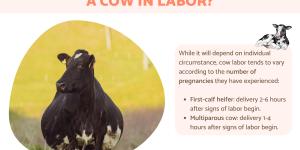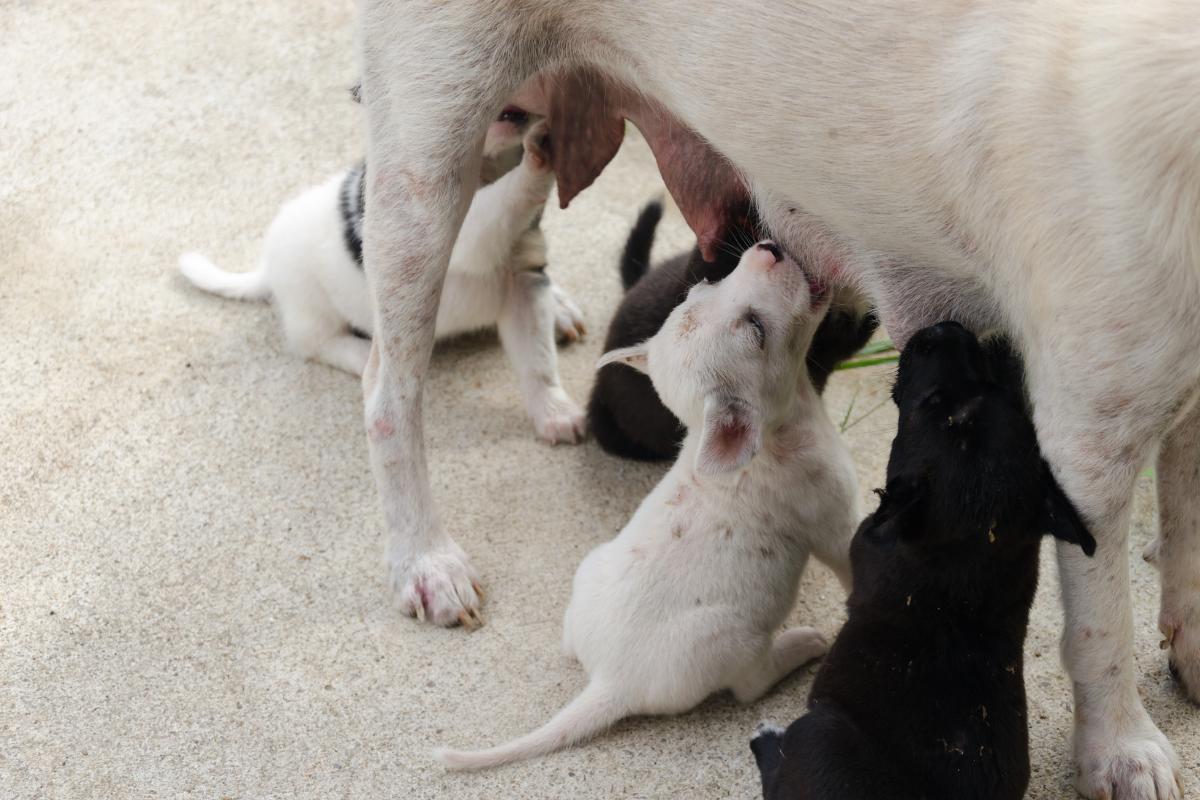Dominant vs. Recessive Genes in Dogs



See files for Dogs
For those passionate about canine genetics and breeding, understanding dominant and recessive genes is essential. These fundamental principles govern how traits are inherited and expressed in dogs, shaping everything from their appearance to their health. By examining how dominant and recessive genes interact, we can gain insights into why dogs of the same breed or crossbreed may look or behave differently.
In this AnimalWised article, we'll delve into the differences between dominant and recessive genes, explore how they influence dog breeding, and discuss their implications for understanding and predicting canine traits.
Which parent contributes more DNA?
Dogs, like humans, reproduce sexually. This means that each parent contributes half of the genetic material needed to create a new puppy. When a male dog and a female dog mate, the sperm cell from the male fertilizes the egg cell from the female, forming a unique genetic combination.
This genetic combination, known as the genotype, determines the traits that a puppy will inherit from its parents. However, whether these traits are expressed as observable characteristics, or phenotype, depends on the interplay between dominant and recessive genes.
While genetics play a significant role in shaping a dog's traits, it's important to remember that environmental factors can also influence a dog's behavior and development. A dog's upbringing, experiences, and training can all impact its personality and temperament.

What are dominant and recessive genes?
Dominant and recessive genes are fundamental concepts in understanding how traits are inherited in dogs. They describe the various versions of a gene, known as alleles, and how they interact to determine specific characteristics.
A dominant gene is one that will be expressed in a dog's appearance or behavior, even if it's inherited from only one parent. This means that a dominant trait will "overpower" a recessive trait. For instance, if black fur is dominant, a dog only needs one dominant black fur allele to have black fur, regardless of the other allele it inherits.
A recessive gene, on the other hand, only shows its effect when a dog inherits two copies of it, one from each parent. If a dominant allele is present, the recessive trait will be masked. For example, if white fur is recessive, a dog must inherit two white fur alleles to have white fur
Homozygous and heterozygous are terms used to describe the genetic makeup, or genotype, of an organism concerning a specific gene. They indicate whether the organism has identical or different alleles (versions of a gene) for a particular trait.
Curious about the fascinating combinations that genetic mixing can produce? Dive into our exploration of the most popular and intriguing mixed-breed dogs.
How do dogs inherit traits from their parents?
Dogs possess a total of 39 pairs of chromosomes, each pair consisting of one chromosome inherited from the mother and one from the father. Chromosomes are long strands of DNA that carry genes, the basic units of heredity.
Each gene has a specific location on a chromosome and contains the instructions for producing certain traits, such as coat color, size, or behavior. These chromosomes carry the genetic blueprint that determines a dog's traits, from its appearance to its susceptibility to certain diseases.
Professional breeders often select dogs with specific traits to breed, aiming to produce puppies with desirable characteristics. This selective breeding can emphasize certain traits over others, leading to the development of specific breeds with particular physical and behavioral traits.
While predicting the exact traits a puppy will inherit can be complex, especially in mixed breed dogs, it's crucial to understand the potential risks associated with genetic diseases. Dogs diagnosed with hereditary conditions should not be bred, as these diseases can be passed on to their offspring.
Responsible breeding practices involve thorough veterinary screenings to identify and eliminate dogs with genetic defects. Some common examples of hereditary diseases in dogs include:
- Hip dysplasia
- Epilepsy
- Progressive retinal atrophy
- Hemophilia
- Diabetes
- Deafness
- Glaucoma
- Cataracts
It's also essential to avoid breeding dogs with infectious diseases that can be fatal to puppies, such as canine herpesvirus and brucellosis. By prioritizing responsible breeding practices, we can help ensure the health and well-being of future generations of dogs.
Looking to learn more about breed-specific health concerns? Uncover vital information on how certain dogs are more prone to illnesses in our latest piece.
What happens when you mix dog breeds?
When it comes to mixed breed dogs, the question of which parent's traits will dominate is often asked. However, both parents contribute equally to the genetic makeup of their offspring. Predicting which parent a mixed breed puppy will resemble is impossible without knowing the specific genetic backgrounds of both parents.
The puppies most likely will exhibit a mix of characteristics from both breeds. This can lead to a wide range of physical appearances and temperaments, even among puppies from the same litter.
A common misconception about dog breeding is that mating a purebred dog with another breed or mixed breed will permanently alter the purebred's genetics. This is simply not true. The genetic makeup of a dog remains unchanged, regardless of who it mates with. The offspring of such a cross will be mixed breeds, each with its own unique combination of traits inherited from both parents.
It's important to understand that the process of reproduction does not modify DNA. Changes to DNA can only occur due to external factors, such as exposure to harmful substances or radiation. These changes, known as mutations, can potentially lead to diseases but are rare and unrelated to breeding.
Responsible dog breeding is essential for ensuring the health and well-being of dogs. Breeding should be left to professionals with the necessary knowledge and qualifications. Overbreeding can lead to a surplus of puppies, which can result in abandonment and other welfare issues.
Curious about how some dogs sport different-colored eyes? Explore the genetic marvels behind this rare and captivating trait.

If you want to read similar articles to Dominant vs. Recessive Genes in Dogs, we recommend you visit our Gestation category.
- Carlson and Giffin (2002). Practical manual of canine veterinary medicine . Madrid: Editorial el Drac.
- Pumarega, S. (2020). "Chromosomes", Axon Vet , available at https://axoncomunicacion.net/los-cromosomas/







